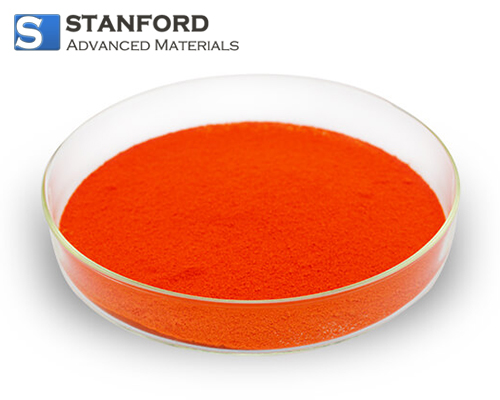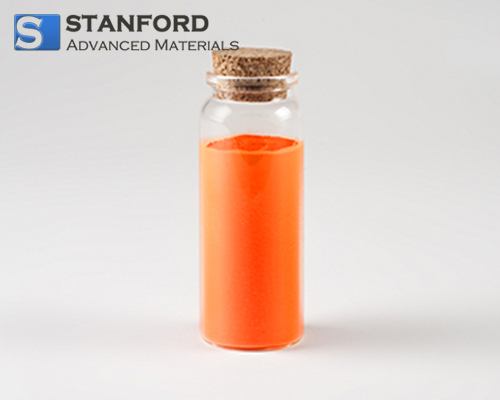SECTION 1. IDENTIFICATION
Product Name: Titanium Iron Alloy
CAS #:
Relevant identified uses of the substance: Scientific research and development
Supplier details:
Stanford Advanced Materials
E-mail: sales@samaterials.com
Tel: (949) 407-8904
Address: 23661 Birtcher Dr., Lake Forest, CA 92630 U.S.A.
SECTION 2. HAZARDS IDENTIFICATION
Classification of the substance or mixture
GHS Classification in accordance with 29 CFR 1910 (OSHA HCS)
Flammable liquids(Category 2), H225
Acute toxicity, Oral(Category 3), H301
Specific target organ toxicity -single exposure(Category 1), H370
GHS Label elements, including precautionary statements
Pictogram
Signal word
Danger
Hazard statement(s)
H225
Highly flammable liquid and Vapor.
H301
Toxic if swallowed.
H370Causes damage to organs.
Precautionary statement(s)
P210
Keep away from heat/sparks/open flames/hot surfaces. -No smoking.
P233
Keep container tightly closed.
P240
Ground/bond container and receiving equipment.
P241
Use explosion-proof electrical/ ventilating/ lighting/ equipment.
P242
Use only non-sparking tools.
P243
Take precautionary measures against static discharge.
P260
Do not breathe dust/ fume/ gas/ mist/ Vapors/ spray.
P264
Wash skin thoroughly after handling.
P270
Do not eat, drink or smoke when using this product.
P280
Wear protective gloves/ eye protection/ face protection.
P301 + P310 + P330
IF SWALLOWED: Immediately call a POISON CENTER or doctor/ physician. Rinse mouth.
P303 + P361 + P353
IF ON SKIN (or hair): Take off immediately all contaminated clothing.
Rinse skin with water/shower.
P307 + P311
IF exposed: Call a POISON CENTER or doctor/ physician.
P370 + P378
In case of fire: Use dry sand, dry chemical or alcohol-resistant foam to extinguish.
P403 + P235
Store in a well-ventilated place. Keep cool.
P405
Store locked up.
P501
Dispose of contents/ container to an approved waste disposal plant.
Hazards not otherwise classified (HNOC) or not covered by GHS-none
SECTION 3. COMPOSITION/INFORMATION ON INGREDIENTS
Formula: Cu
Molecular weight: 63.55 g/mol
Component: Copper
Cas-No: 7440-50-8
Ethanol
Cas-No: 64-17-5
Methanol
Cas-No: 67-56-1
2-Propanol
Cas-No: 67-63-0
SECTION 4. FIRST AID MEASURES
Description of first aid measures
General advice
Consult a physician. Show this safety data sheet to the doctor in attendance.
Move out of dangerous area.
If inhaled
If breathed in, move person into fresh air. If not breathing, give artificial respiration. Consult a
physician.
In case of skin contact
Wash off with soap and plenty of water. Take victim immediately to hospital. Consult a physician.
In case of eye contact
Rinse thoroughly with plenty of water for at least 15 minutes and consult a physician.
If swallowed
Do NOT induce vomiting. Never give anything by mouth to an unconscious person. Rinse mouth with
water. Consult a physician.
Most important symptoms and effects, both acute and delayed
The most important known symptoms and effects are described in the labelling (see section 2) and/or
in section 11
Indication of any immediate medical attention and special treatment needed
No data available
SECTION 5. FIREFIGHTING MEASURES
Extinguishing media
Suitable extinguishing media
Use water spray, alcohol-resistant foam, dry chemical or carbon dioxide.
Special hazards arising from the substance or mixture
Carbon oxides, Copper oxides
Carbon oxides, Copper oxides
Advice for firefighters
Wear self-contained breathing apparatus for firefighting if necessary.
Further information
Use water spray to cool unopened containers.
SECTION 6. ACCIDENTAL RELEASE MEASURES
Personal precautions, protective equipment and emergency procedures
Wear respiratory protection. Avoid breathing Vapors, mist or gas. Ensure adequate ventilation.
Remove all sources of ignition. Evacuate personnel to safe areas. Beware of Vapors accumulating to
form explosive concentrations.
Vapors can accumulate in low areas.
For personal protection see section 8.
Environmental precautions
Prevent further leakage or spillage if safe to do so. Do not let product enter drains.
Methods and materials for containment and cleaning up
Contain spillage, and then collect with an electrically protected vacuum cleaner or by wet-
brushing and place in container for disposal according to local regulations (see section 13).
Reference to other sectionsFor disposal see section 13.
SECTION 7. HANDLING AND STORAGE
Precautions for safe handling
Avoid contact with skin and eyes. Avoid inhalation of Vapor or mist.
Use explosion-proof equipment.
Keep away from sources of ignition -No smoking.Take measures to prevent the build up of
electrostatic charge.
For precautions see section 2.
Conditions for safe storage, including any incompatibilities
Keep container tightly closed in a dry and well-ventilated place.
Containers which are opened must be carefully resealed and kept upright to prevent leakage.
Air sensitive.
Handle and store under inert gas.
Specific end use(s)
Apart from the uses mentioned in section 1 no other specific uses are stipulated
SECTION 8. EXPOSURE CONTROLS/PERSONAL PROTECTION
Exposure controls
Appropriate engineering controls
Avoid contact with skin, eyes and clothing. Wash hands before breaks and immediately after handling
the product.
Personal protective equipment
Eye/face protection
Face shield and safety glasses Use equipment for eye protection tested and approved under
appropriate government standards such as NIOSH (US) or EN 166(EU).
Skin protection
Handle with gloves. Gloves must be inspected prior to use. Use proper glove removal
technique (without touching glove's outer surface) to avoid skin contact with this product. Dispose of
contaminated gloves after use in accordance with applicable laws and good laboratory practices.
Wash and dry hands.
Body Protection
Complete suit protecting against chemicals, Flame retardant antistatic protective clothing., The type of
protective equipment must be selected according to the concentration and amount of the dangerous
substance at the specific workplace.
Respiratory protection
Where risk assessment shows air-purifying respirators are appropriate use a full-face respirator with
multi-purpose combination (US) or type ABEK (EN 14387) respirator cartridges as a backup to
engineering controls.
If the respirator is the sole means of protection, use a full-face supplied air respirator. Use respirators
and components tested and approved under appropriate government standards such as NIOSH (US)
or CEN (EU).
Control of environmental exposure
Prevent further leakage or spillage if safe to do so. Do not let product enter drains.
SECTION 9. PHYSICAL AND CHEMICAL PROPERTIES
Information on basic physical and chemical propertiesAppearance
Form: Solid
Odor
No data available
Odor Threshold
No data available
pH
No data available
Melting point/freezing point
No data available
Initial boiling point and boiling range
No data available
Flash point
No data available
Evaporation rate
No data available
Flammability (solid, gas)
No data available
Upper/lower flammability or explosive limits
No data available
Vapor pressure
No data available
Vapor density
No data available
Relative density
No data available
Water solubility
No data available
Partition coefficient: n-octanol/water
No data available
Auto-ignition temperature
No data available
Decomposition temperature
No data available
Viscosity
No data available
Explosive properties
No data available
Oxidizing properties
No data available
Other safety information
No data available
SECTION 10. STABILITY AND REACTIVITY
Reactivity
No data available
Chemical stability
Stable under recommended storage conditions.
Possibility of hazardous reactions
Vapors may form explosive mixture with air.
Conditions to avoid
Heat, flames and sparks. Extremes of temperature and direct sunlight.Incompatible materials
Strong acids, Strong oxidizing agents, Acid chlorides, Halogens
Hazardous decomposition products
Other decomposition products-No data available
In the event of fire: see section 5
SECTION 11. TOXICOLOGICAL INFORMATION
Information on toxicological effects
Acute toxicity
No data available
Inhalation: No data available
Dermal:
No data available
No data available
Skin corrosion/irritation
No data available
Serious eye damage/eye irritation
No data available
Respiratory or skin sensitisation
No data available
Germ cell mutagenicity
No data available
Carcinogenicity
IARC:
3-Group 3: Not classifiable as to its carcinogenicity to humans(2-Propanol)
NTP:
No component of this product present at levels greater than or equal to 0.1% is identified as a
known or anticipated carcinogen by NTP.
OSHA:
No component of this product present at levels greater than or equal to 0.1% is identified as a
carcinogen or potential carcinogen by OSHA.
Reproductive toxicity
No data available
No data available
Specific target organ toxicity -single exposure
No data available
Specific target organ toxicity -repeated exposure
No data available
Aspiration hazard
No data available
Additional Information
RTECS: Not available
Symptoms of systemic copper poisoning may include: capillary damage, headache, cold sweat, weak
pulse, and kidney and liver damage, central nervous system excitation followed by depression,
jaundice, convulsions, paralysis, and coma. Death may occur from shock or renal failure. Chronic
copper poisoning is typified by hepatic cirrhosis, brain damage and demyelination, kidney defects, and
copper deposition in the cornea as exemplified by humans with
Wilson's disease. It has also been reported that copper poisoning has lead to hemolytic anemia and
accelerates arteriosclerosis.
Stomach-Irregularities-Based on Human Evidence
Kidney-Irregularities-Based on Human Evidence
Stomach-Irregularities-Based on Human Evidence(Ethanol)Stomach-Irregularities-Based on Human Evidence(Methanol)
Kidney-Irregularities-
Based on Human Evidence(2-Propanol)
SECTION 12. ECOLOGICAL INFORMATION
Toxicity
No data available
Persistence and degradability
No data available
Bioaccumulative potential
No data available
Mobility in soil
No data available
Results of PBT and vPvB assessment
PBT/vPvB assessment not available as chemical safety assessment not required/not conducted
Other adverse effects
No data available
SECTION 13. DISPOSAL CONSIDERATIONS
Waste treatment methods
Product
Burn in a chemical incinerator equipped with an afterburner and scrubber but exert extra care in
igniting as this material is highly flammable.
Offer surplus and non-recyclable solutions to a licensed disposal company.
Contact a licensed professional waste disposal service to dispose of this material.
Contaminated packaging
Dispose of as unused product.
SECTION 14. TRANSPORT INFORMATION
UN-Number
DOT, ADN, IMDG, IATA
N/A
UN proper shipping name
DOT, ADN, IMDG, IATA
N/A
Transport hazard class(es)
DOT, ADR, ADN, IMDG, IATA
Class
N/A
Packing group
DOT, IMDG, IATA
N/A
Environmental hazards:
Marine pollutant (IMDG):
Yes (PP)
Yes (P)
Special precautions for userN/A
Transport in bulk according to Annex II of MARPOL73/78 and the IBC Code
N/A
Transport/Additional information:
DOT
Marine Pollutant (DOT):
No
SECTION 15. REGULATORY INFORMATION
SARA 302 Components
No chemicals in this material are subject to the reporting requirements of SARA Title III, Section 302.
SARA 313 Components
The following components are subject to reporting levels established by SARA Title III, Section 313:
Methanol
CAS-No.
67-56-1
Revision Date
2007-07-01
2-Propanol
67-63-0
1987-01-01
Massachusetts Right To Know Components
Ethanol
CAS-No.
64-17-5
Revision Date
2007-03-01
Methanol
67-56-1
2007-07-01
2-Propanol
67-63-0
1987-01-01
Pennsylvania Right To Know Components
Ethanol
CAS-No.
64-17-5
Revision Date
2007-03-01
Copper
7440-50-8
1989-08-11
Methanol
67-56-1
2007-07-01
2-Propanol
67-63-0
1987-01-01
New Jersey Right To Know Components
Ethanol
CAS-No.
64-17-5Revision Date
2007-03-01
Copper
7440-50-8
1989-08-11
Methanol
67-56-1
2007-07-01
2-Propanol
67-63-0
1987-01-01
SECTION 16. OTHER INFORMATION
Safety Data Sheet according to Regulation (EC) No. 1907/2006 (REACH). The above information is
believed to be correct but does not purport to be all inclusive and shall be used only as a guide. The
information in this document is based on the present state of our knowledge and is applicable to the
product with regard to appropriate safety precautions. It does not represent any guarantee of the
properties of the product.
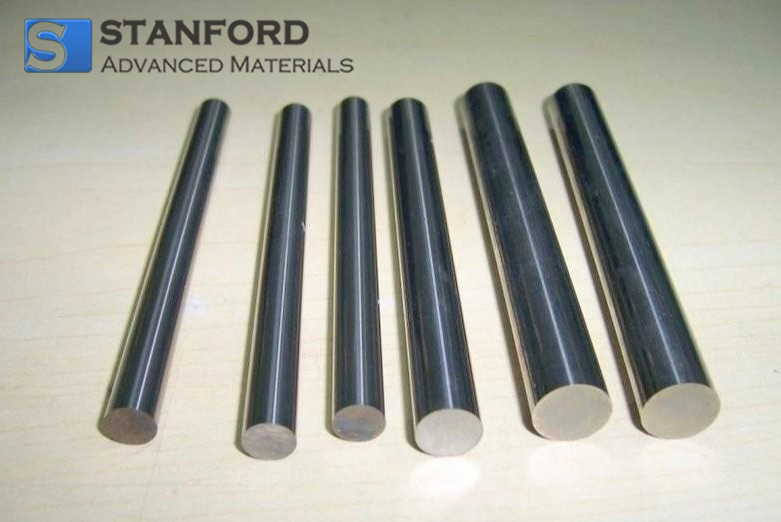
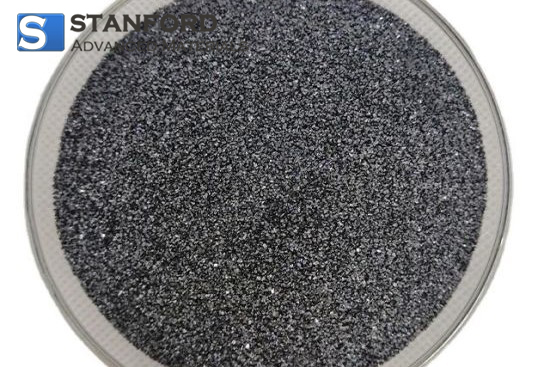
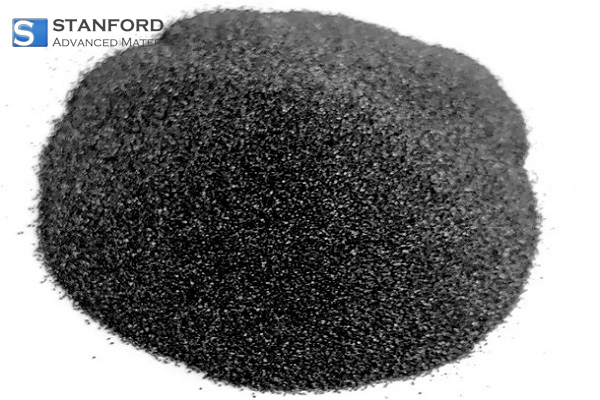
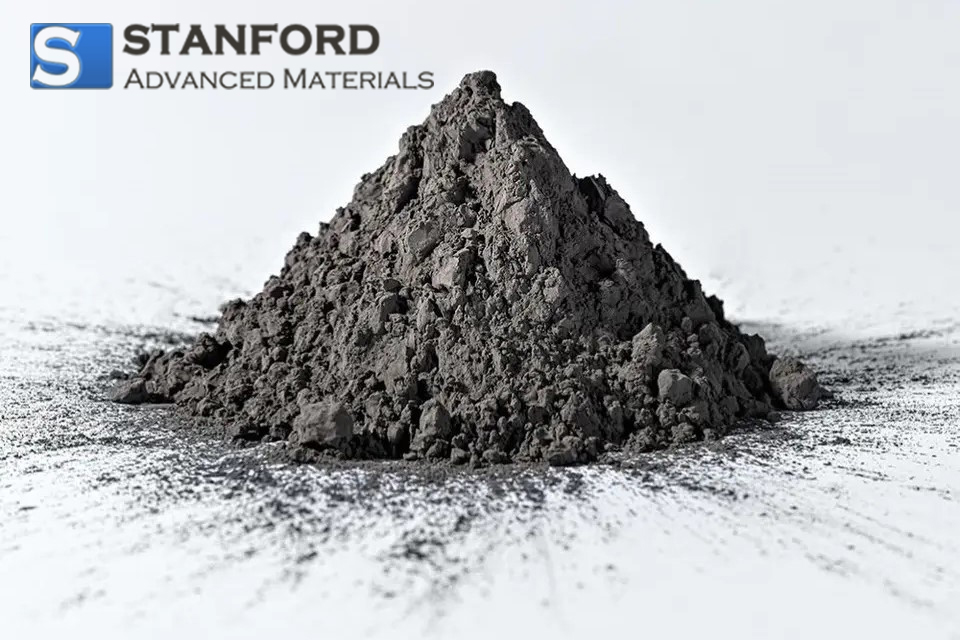





ferrocene Palladium Dichloride Powder.jpg)

.jpg)


